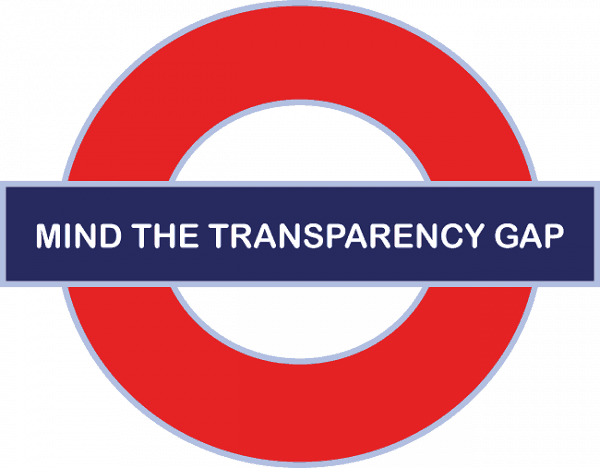Create an organizational culture of transparency
Building a culture of transparency. Make transparency part of organizational culture
Transparency is a popular buzz word on Wall Street these days, and many investors are demanding it.
However, transparency doesn’t only serve outsiders trying to understand the strengths and weaknesses of a company, transparency can play a valuable role inside the company walls, as well and is an important element in performance management.
Increase employees’ sense of ownership
Organizational culture can make or break business success. A viable product is only as good as the people who possess the aspiration and drive to make it better – for the company and for the customers. Without a employees giving it their all, organizational culture can quickly morph into more of a social toxin than a social treasure.
But in many cases great organizational culture has become synonymous with free/subsidized lunches, fitness and parties. But these kind of benefits are never what truly engages employees over the long-term. Research has found a stronger correlation between happiness and transparency.
By sharing numbers with employees, not just executives, leaders can increase employees’ sense of ownership.

However, being open is not enough. Leaders need to be sure that employees are trained to understand financial statements and have enough insight into their own jobs to know how to affect the numbers.
The more a company shares information, the more employees feel like a team and have a shared responsibility over the success of the company.
Celebrate milestones
Do remember to celebrate milestones once they have been reached. Taking the time to celebrate is important because it acknowledges people’s hard work, boosts morale and keeps up the momentum.
High performance and success are not dependent on one simple factor or as a result of one or two things. The entire context you operate in greatly impacts your results.
Short URL & Title:
Improving organizational performance through transparency — https://www.torbenrick.eu/t/r/lcy
Share it:
If you enjoyed this article, please take 5 seconds to share it on your social network. Thanks!







Transparency builds trust, confidence and authenticity of leadership. Transparency ensures leaders lead with high moral and ethical standards, which can be seen in their relationship building practices. You pointed out the importance of affirmation of successes and milestones. Accomplishment of organizational goals is a team effort and accomplishment, and it should be recognized and rewarded in some manner.
Thanks for your thoughts.